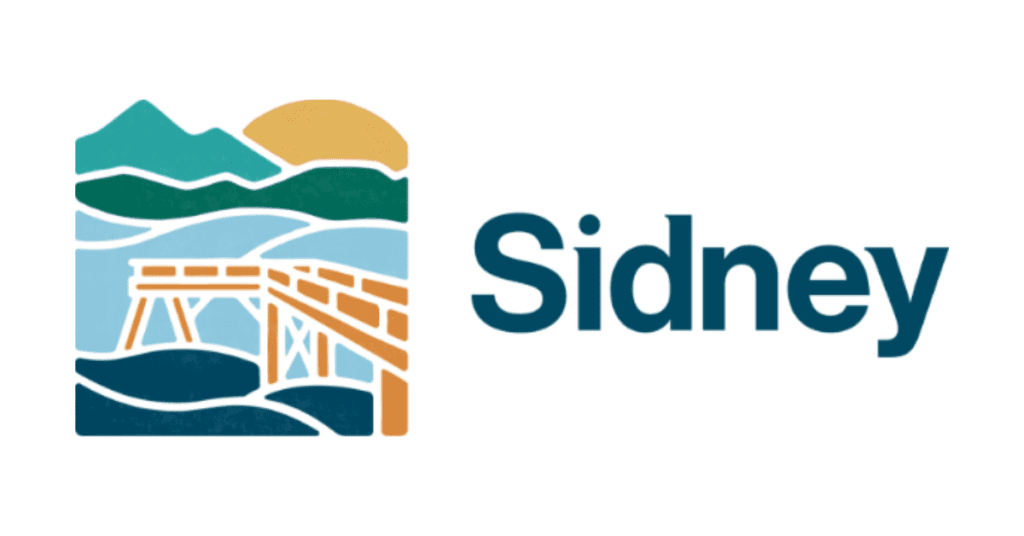In Sidney, BC, you may need a Tree Removal Permit to remove, extensively prune, or top a tree on private property. Contact the Parks Department or email engineeringservices@sidney.ca to discuss with Sidney’s Arborist before beginning work.
If a permit is required, complete the Tree Permit Application Form and submit it to the Engineering Department. You can apply in person at Town Hall or via email.
For trees on public property, such as parks and boulevards, removal must be authorized by the Parks Department. If unsure whether a tree fronting your property is within your property line, consult the Parks Department. The proximity of trees to your home can lead to structural damage. If you’re dealing with this issue, it’s important to know what happens if a tree is too close to your house and how to address it under local regulations.
Protected Trees
What is considered a protected tree?
(1) ANY tree over 60cm DBH
(2) Some native tree species are protected earlier in life, see the two special categories below:
(a) Tree with a height of 1.2m or more:
(i) Douglas fir
(ii) Bigleaf maple
(iii) Grand fir
(iv) Western redcedar

(b) Tree with diameter greater than 3cm measured at ground level:
(i) Arbutus
(ii) Cascara
(iii) Garry Oak
(iv) Pacific Dogwood
(v) Seaside Juniper
(vi) Shore Pine
(vii) Western Yew

(3) ANY tree located on municipal property
For developers, understanding which trees are protected under local bylaws is essential. Learn what trees are protected in Victoria and how to plan accordingly for your projects.
How do I measure the DBH of my tree?
Measure the diameter of the tree at 1.4m (4ft, 7-inches) off the ground. If the tree is on a slope, measure from the highest point of natural grade around the tree.
Diameter can be found by measuring the circumference at this point and dividing by pi (3.14)
How do I calculate the DBH of my tree if it is multi-stem?
The DBH of a Protected Tree having multiple trunks shall be determined by measuring all the trunks and adding them together. Each trunk diameter should be measured at 1.4 meters above the ground and is determined by the sum:
i. One hundred (100%) percent of the DBH of the largest trunk; and
ii. Sixty percent (60%) of the DBH of each additional trunk.
Permits
Do I need a permit?
A permit is required when you wish to:
(1) Remove a protected tree or
(2) Conduct significant pruning on a protected tree that would be considered “altering”:
(a) Altering means making cuts larger than 5cm (2-inch) in diameter and/or removing more than 20% of the total canopy volume in one year.
(b) Unless the protected tree is an Arbutus, Dogwood or Garry Oak then any cuts over 2.5cm (1-inch) are subject to a permit. *Please note, topping or removing the live crown of the tree is not allowed
How much does a permit cost?
Tree Pruning
$50 for a pruning permit of one protected tree and $10 for each additional protected tree
Tree Removal
- $250 for the removal of one protected tree and $50 for each additional protected tree
- $750 deposit for each replacement tree required. This deposit is to be returned after 2 years provided the replacement trees are proven to be healthy and established
What can you prune without a permit?
(1) Branches up to 2-inch (5cm) in diameter for all tree species
(2) Branches up to 1-inch (2.5cm) in diameter for Arbutus, Dogwood, Garry Oak
(3) Remove up to 20% of the total canopy of the tree per year
Replacement Trees
What are the replacement tree requirements?
| Protected Tree | Size of Tree to be Removed | Required Number of Replacement Trees |
| Garry Oak Arbutus Pacific Dogwood Western Yew Seaside Juniper Cascara Shore Pine | <3 cm Diameter | 0 |
| 3 cm – 20 cm Diameter | 1 | |
| 20 cm – 40 cm Diameter | 2 | |
| >40 cm Diameter | 3 | |
| Douglas-fir Grand Fir Western Redcedar Bigleaf Maple | <1.2 m tall | 0 |
| 1.2 m – 6 m tall | 1 | |
| 6 m – 12 m tall | 2 | |
| >12 m tall | 3 | |
| All other Protected Trees except those forming part of a Hedge | 2 | |
| All other Protected Trees forming part of a Hedge | 1 | |
What are the replacement tree requirements?
1:1 Replacement ratio.
This means one (1) tree is to be planted for every one (1) protected tree removed.
What counts as a replacement tree?
The Director is to be of a species, size, and standard as prescribed by the Director in the Tree Permit. Homeowners may request specific tree species and planting location at the time of permit application, but must be approved by the director.
Do I have to plant a replacement tree?
Yes, if you conducted a permitted removal of a protected tree, you are required to plant replacement trees at a 1:1 ratio for every protected tree removed
In rare circumstances when the Director determines that the lot cannot accommodate the required number of replacement trees, the security deposit ($750) may be kept as cash-in-lieu of planting but must receive Director approval.
Refer to the bylaw for more information on how it applies to you. For more information, and to access the full version of the municipality’s Tree Bylaws visit the Town of Sidney’s website.

At Anchor Tree Service, our experienced team of ISA Certified Arborists is here to assist you every step of the way. Whether you need help with tree removal, pruning, or understanding local regulations, our professional and reliable tree services in Victoria, BC, are tailored to meet your specific needs. Protect your property and preserve the beauty of your landscape—contact Anchor Tree Service today for a consultation and let us help you maintain a safe, healthy environment in Victoria, BC.


